Throughout human history, certain animals have captured our collective imagination, inspiring myths, legends, and religious symbolism across diverse cultures and geographical regions. Among these creatures, birds hold a special place due to their ability to soar through the skies—a feat humans could only dream of until recent centuries. Various bird species have appeared in mythologies worldwide, serving as messengers of gods, symbols of creation, harbingers of fate, and embodiments of supernatural powers. This article explores how different birds have influenced ancient belief systems, revealing surprising connections between seemingly unrelated civilizations and highlighting the profound impact these winged beings had on human consciousness and cultural development.
The Phoenix: Death and Rebirth Across Civilizations
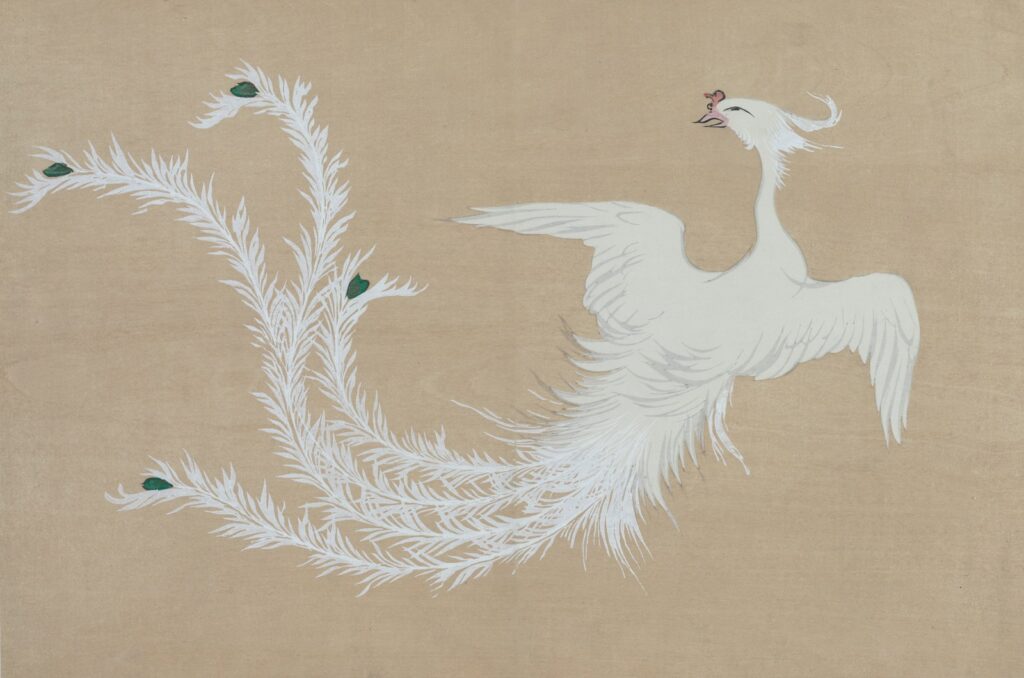
Perhaps no mythological bird has captured human imagination more thoroughly than the phoenix, a creature that appears in multiple ancient cultures with remarkable similarities. In Egyptian mythology, the Bennu bird was believed to be the soul of the sun god Ra, representing creation and renewal through its cyclical rebirth from ashes. The Greeks adopted this concept as the phoenix, a magnificent crimson and gold bird that lived for 500 years before building its own funeral pyre, burning to ash, and rising renewed. This powerful symbol of resurrection and eternal life later found its way into Roman, Persian, and even Chinese mythology as the Fenghuang, demonstrating how foundational the concept of death and rebirth was across ancient civilizations, regardless of geographical boundaries.
The Thunder-Bringing Thunderbird of Native American Lore
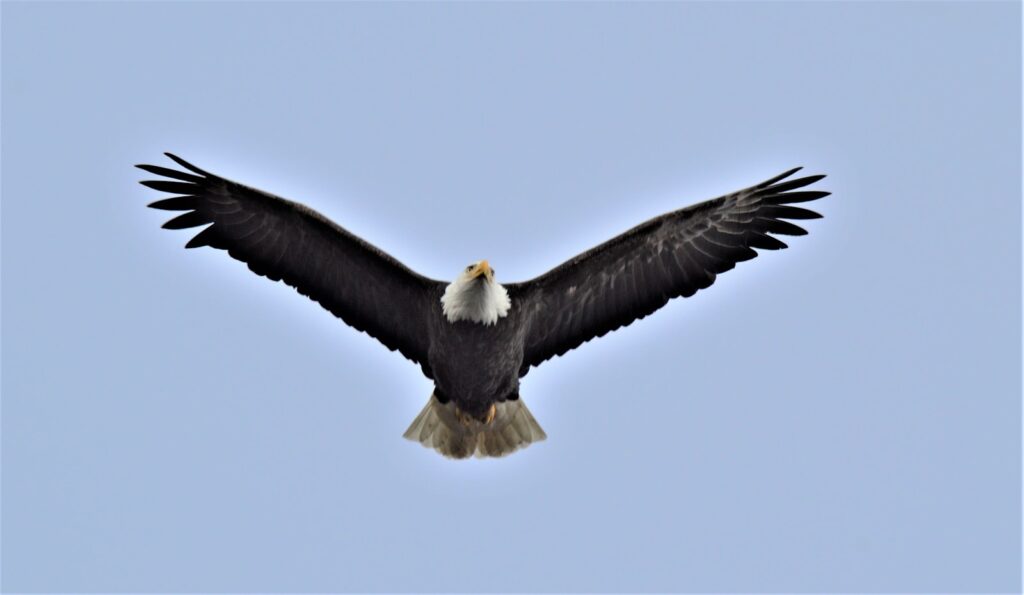
Across various Native American tribes, particularly those of the Plains, Pacific Northwest, and Southwest regions, the mighty Thunderbird stands as one of the most powerful supernatural beings in their mythology. This enormous bird was believed to create thunder by flapping its expansive wings and lightning by blinking its eyes, controlling weather patterns crucial for agricultural success. The Thunderbird often appears in creation myths, where it battles great water monsters to maintain cosmic balance between sky and earth forces. Interestingly, some anthropologists have suggested that Thunderbird legends might have originated from ancestral observations of now-extinct massive birds like the teratorn, which had wingspans reaching over 12 feet, showing how ancient peoples incorporated real-world observations into their mythological frameworks.
Eagles: Messengers Between Heaven and Earth

Eagles have maintained an exalted position in numerous mythologies, frequently associated with supreme deities and celestial power. In ancient Greece, the eagle served as Zeus’s messenger and symbol, often depicted carrying his thunderbolts and representing his divine authority. Similarly, ancient Romans adopted the eagle as Jupiter’s sacred bird and as the primary standard of their legions, symbolizing imperial power and victory. In Native American traditions, eagle feathers were considered sacred items that carried prayers to the Great Spirit, while in Norse mythology, eagles sat atop Yggdrasil, the world tree, symbolizing wisdom and far-sight. This cross-cultural reverence for eagles stems from their impressive physical characteristics—powerful vision, soaring flight, hunting prowess—that made them natural symbols for attributes humans associated with divinity and transcendence.
Ravens and Crows: Tricksters and Wisdom-Bearers
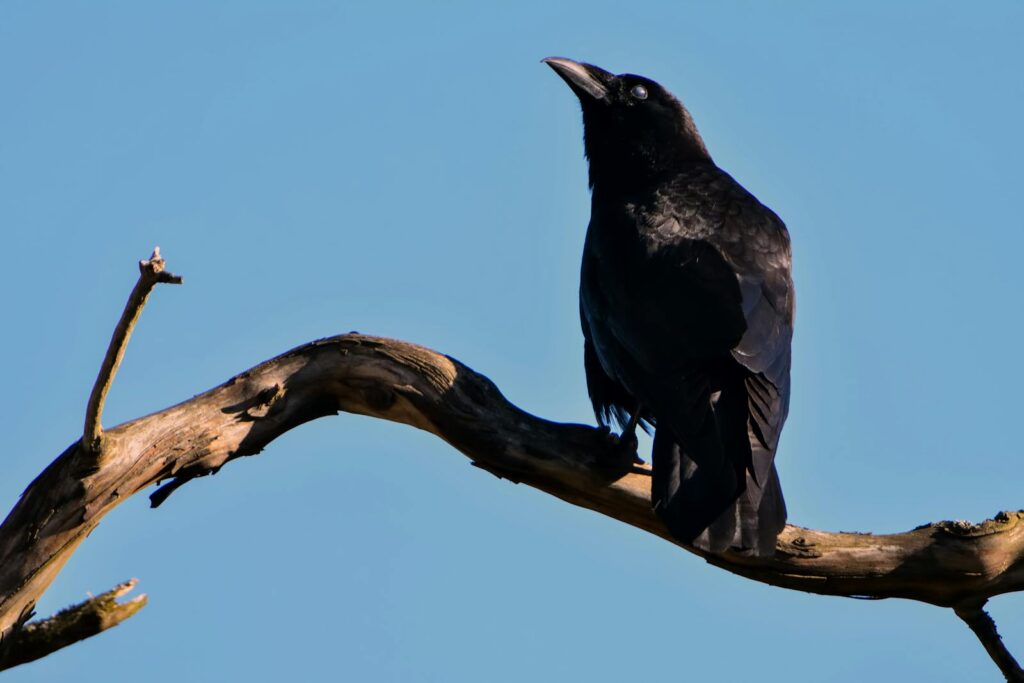
Corvids—particularly ravens and crows—appear prominently in mythologies worldwide, often embodying seemingly contradictory qualities of creation and destruction, wisdom and mischief. In Norse mythology, Odin’s ravens Huginn and Muninn (Thought and Memory) flew throughout the world each day, returning to whisper all they had seen and heard into the All-Father’s ear. Native American traditions frequently feature Raven as both a trickster and creator figure, responsible for stealing the sun and moon to bring light to humanity in Pacific Northwest tales. Celtic mythology associated ravens with battle and prophecy, while in Hindu tradition, crows represented ancestral spirits returning to accept offerings. These intelligent birds’ actual behaviors—problem-solving abilities, complex social structures, and apparent curiosity about human activities—likely contributed to their mythological representations as creatures possessing supernatural knowledge.
The Sacred Ibis of Ancient Egypt

The ibis held extraordinary significance in ancient Egyptian religion, particularly as the earthly manifestation of Thoth, god of wisdom, writing, and magic. Egyptian artwork frequently depicts Thoth with the head of an ibis, and thousands of mummified ibises have been discovered in necropolises throughout Egypt, suggesting an extensive cult devoted to these birds. The ibis’s distinctive curved bill was likened to the crescent moon, connecting the bird to lunar cycles and measurement of time, while its white and black plumage symbolized the balance between light and dark forces. Interestingly, the practical behavior of ibises may have contributed to their sacred status, as these birds consumed dangerous creatures like snakes and scorpions, and their appearance coincided with the Nile’s life-giving annual flood, making them symbols of protection and renewal in Egyptian cosmology.
Owls: Bearers of Wisdom and Death Omens

Few birds have inspired such dramatically contrasting symbolic interpretations across cultures as the owl, revered for wisdom in some traditions while feared as a harbinger of death in others. In ancient Greek mythology, the owl—particularly the Little Owl—was sacred to Athena, goddess of wisdom, explaining why owls became enduring symbols of knowledge and learning that persist in academic imagery today. However, in many Native American traditions, owls were associated with death and the supernatural, often believed to carry messages from the spirit world or warn of impending doom. Similarly, in parts of India, Africa, and medieval Europe, owl calls were interpreted as death omens, while ancient Romans considered owl sightings inauspicious before battle. These divergent interpretations likely stem from the owl’s unusual characteristics—nocturnal habits, silent flight, penetrating gaze, and haunting calls—that set them apart from other birds in ways that seemed supernatural to ancient observers.
The Garuda: Divine Mount and Protector
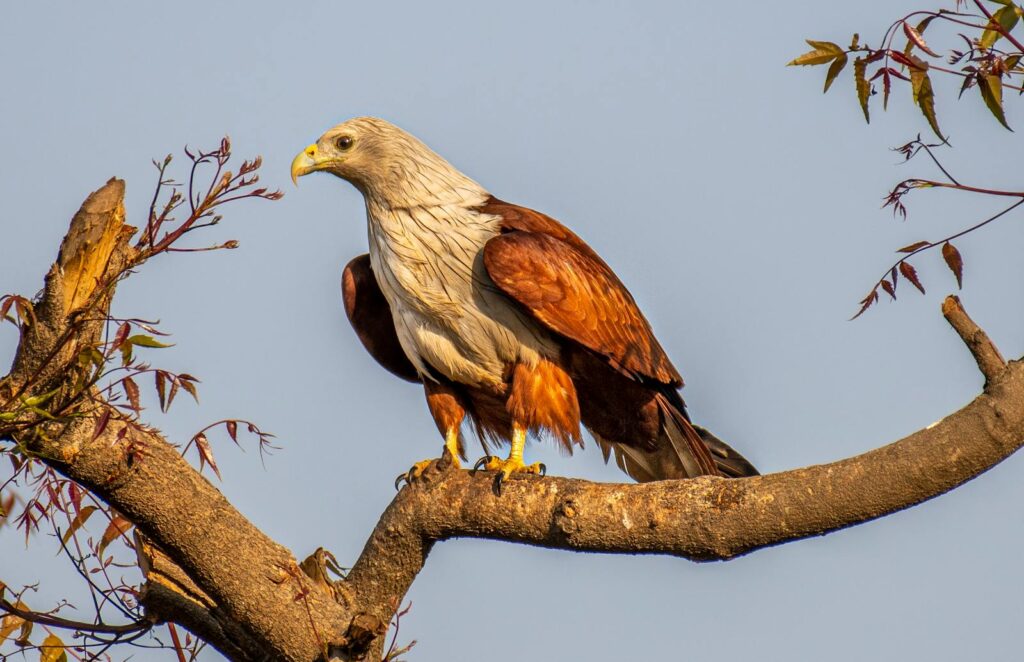
In Hindu and Buddhist traditions, Garuda stands as a magnificent bird-like deity, typically depicted with the body of a man and the head, wings, talons, and beak of an eagle. Garuda serves as the mount (vahana) of Lord Vishnu, one of the principal deities of Hinduism, symbolizing the relationship between divine consciousness and earthly manifestation. Known as a devoted enemy of serpents and nagas, Garuda represents the eternal conflict between birds of the sky and reptiles of the earth, often interpreted as the struggle between spiritual aspirations and earthly desires. In Southeast Asian countries like Thailand and Indonesia, Garuda appears in royal insignia and national emblems, demonstrating how mythological birds transcended religious contexts to become cultural symbols of state power and protection. The Garuda myth likely originated from observations of large predatory birds in South Asia, transformed through religious imagination into supernatural proportions.
Swans: Divine Transformation and Purity

The elegant swan features prominently in mythologies spanning from Europe to Asia, often associated with transformation, purity, and divine beauty. In Greek mythology, Zeus transformed himself into a swan to seduce Leda, while the Irish legend of the Children of Lir tells of royal children transformed into swans for 900 years. Hindu tradition reveres swans (hamsa) as vehicles of Brahma and Saraswati, capable of separating milk from water—metaphorically representing the ability to distinguish truth from falsehood. In Finnish mythology, a swan dwelling on the river of the underworld was considered sacred, and killing this bird would bring death to the perpetrator. The swan’s dramatic life cycle—beginning as an ungainly cygnet before transforming into a creature of extraordinary grace—along with its pristine white plumage, likely contributed to its association with spiritual transformation and purity across diverse cultural traditions.
The Peacock: Beauty, Immortality, and All-Seeing Eyes
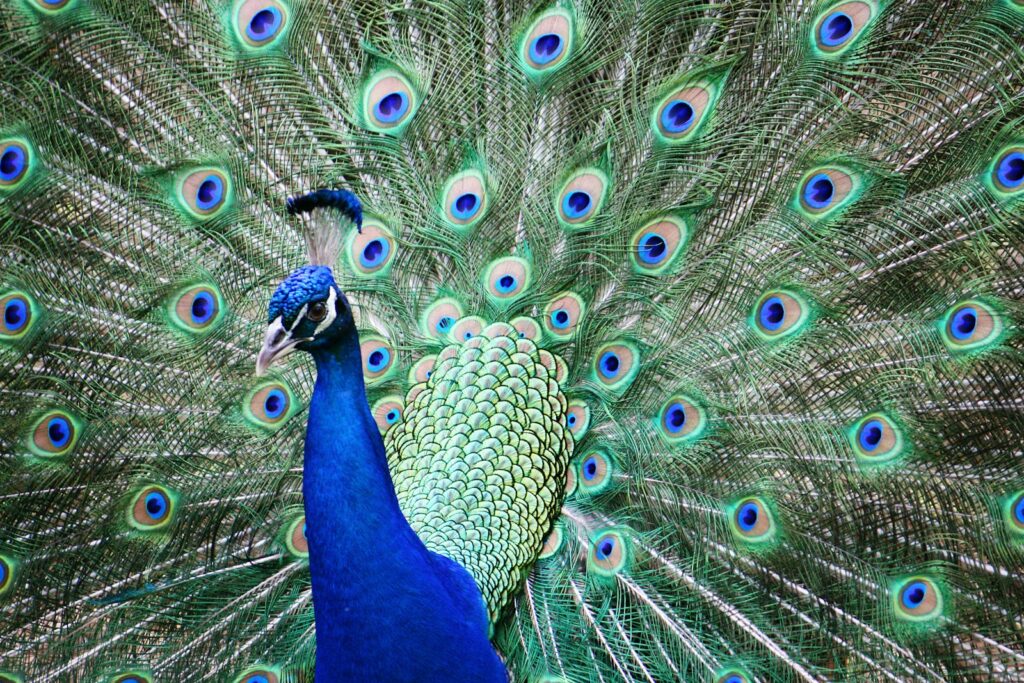
With its spectacular plumage, the peacock has inspired mythological interpretations focused on beauty, immortality, and divine sight across multiple ancient civilizations. In Hindu tradition, the peacock serves as the vahana (mount) of Kartikeya, god of war, while its feathers adorn Krishna, suggesting divine protection and beauty. Early Christianity adopted the peacock as a symbol of immortality and resurrection, believing peacock flesh was incorruptible after death, while the “eyes” on peacock feathers represented the all-seeing church. Persian mythology associated peacocks with paradise and protection from evil, while Greco-Roman tradition connected them with Hera/Juno after the goddess transferred the hundred eyes of Argus to the peacock’s tail. These mythological attributions reflect the peacock’s actual biological features—its extraordinary display, apparent immortality through molting and renewal, and eye-spotted feathers—demonstrating how ancient cultures interpreted natural phenomena through spiritual lenses.
The Rooster: Heralds of Dawn and Spiritual Awakening
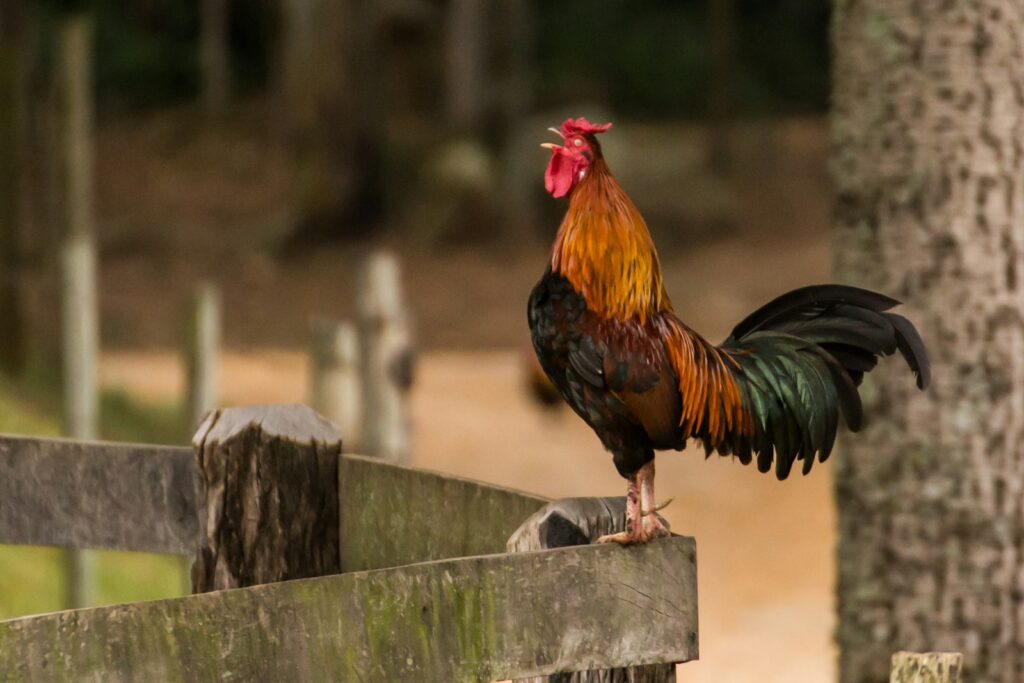
Across ancient civilizations, the rooster’s characteristic crowing at daybreak established it as a powerful symbol of solar resurrection and spiritual vigilance. In Zoroastrian tradition, the rooster was considered a sacred creature that called believers to prayer and drove away evil spirits with its morning announcement. Ancient Greek mythology associated roosters with Apollo, god of the sun, while simultaneously connecting them to Asclepius, god of healing, explaining why the rooster became a sacrifice offered during recovery from illness. Chinese mythology includes the divine Red Rooster, whose crowing caused the sun to rise each morning, while in Japanese Shinto tradition, the goddess Amaterasu was lured from her cave by a crowing rooster, restoring light to the world. The widespread reverence for roosters across unrelated cultures demonstrates how fundamental experiences—such as the daily miracle of darkness yielding to light—generated similar mythological interpretations worldwide.
Hummingbirds: Messengers Between Worlds
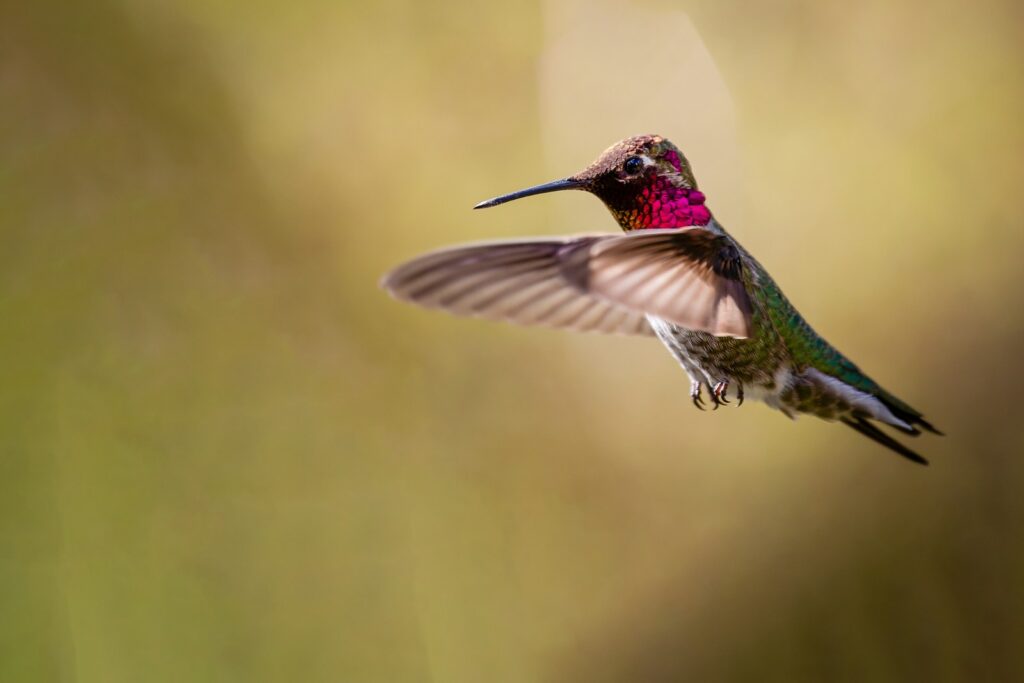
In Mesoamerican mythologies, particularly among the Aztec and Maya civilizations, hummingbirds held profound religious significance as messengers between worlds and reincarnated warrior spirits. The Aztec god Huitzilopochtli, their primary deity of war and sun, was closely associated with hummingbirds, with his name translating to “hummingbird of the south” or “left-handed hummingbird.” According to Aztec belief, fallen warriors were reincarnated as hummingbirds, allowing them to drink nectar from paradise flowers while serving as messengers between humans and gods. The Maya similarly viewed hummingbirds as connectors between worlds, associating them with fertility rituals and believing they carried wishes to the gods due to their ability to hover between earth and sky. These mythological interpretations were likely inspired by the hummingbird’s actual remarkable characteristics—iridescent plumage suggesting supernatural origins, ability to hover in place as if suspended between realms, and impressive migration journeys.
The Mythological Legacy of Birds in Modern Culture

The ancient mythological associations of birds continue to resonate in contemporary culture, influencing everything from corporate logos to popular literature and film. The phoenix has become a ubiquitous symbol of rebirth and resilience, appearing in franchises like Harry Potter and as emblems for organizations emphasizing renewal or transformation. Eagle imagery persists in national symbols worldwide, from the American bald eagle to the double-headed eagles of European heraldry, carrying forward ancient associations with power and transcendence. The owl remains a persistent symbol of wisdom in academic settings, while ravens and crows populate modern literature as symbols of intelligence and mystery, particularly in fantasy genres. These enduring avian symbols demonstrate how ancient mythological interpretations of birds created archetypal associations so powerful that they continue to shape human imagination thousands of years after their original conceptions, proving that our connection to these winged creatures transcends specific cultural contexts and speaks to fundamental human experiences of aspiration, transformation, and wonder.
Throughout human history, birds have occupied a unique position in our collective mythology—creatures of the earth capable of transcending it, living symbols of the qualities humans most aspired to or feared. From the immortal phoenix to the wise owl, the thunderous power of eagles to the magical transformation of swans, birds embodied supernatural forces that helped ancient peoples make sense of their world. The remarkable similarities in avian symbolism across geographically separated cultures suggest something universal in how humans perceive these creatures, perhaps reflecting fundamental psychological patterns in how we interpret the natural world. As we continue to share our planet with these remarkable creatures, their mythological legacies remind us of the profound connection between human imagination and the winged beings that have inspired us to look skyward since the dawn of consciousness.
